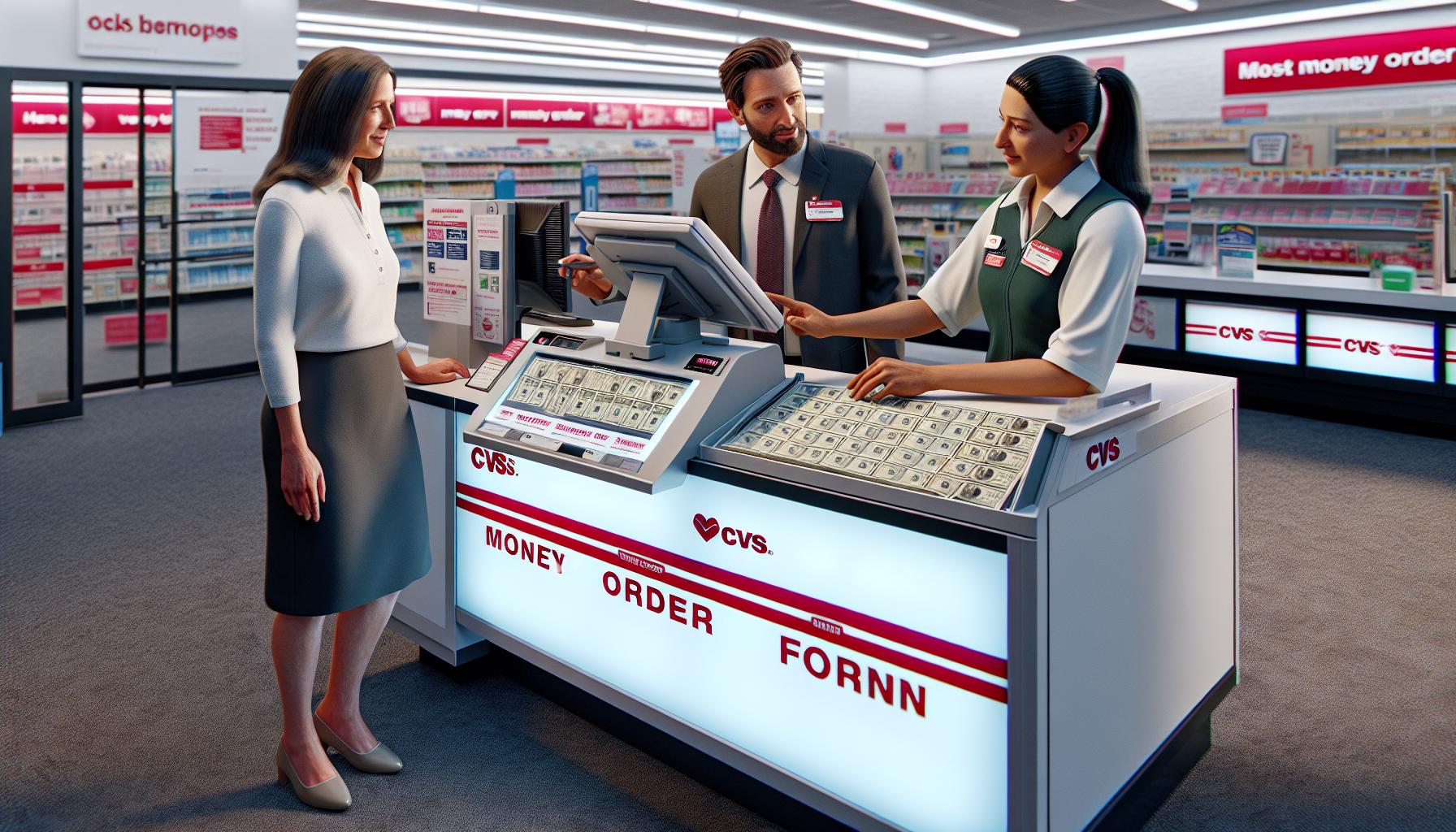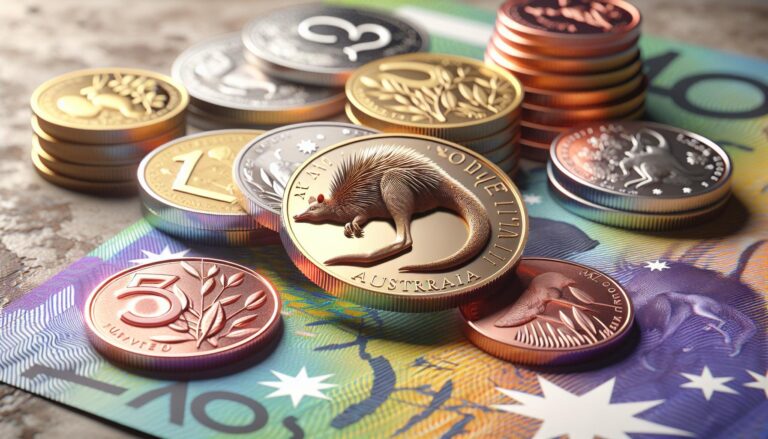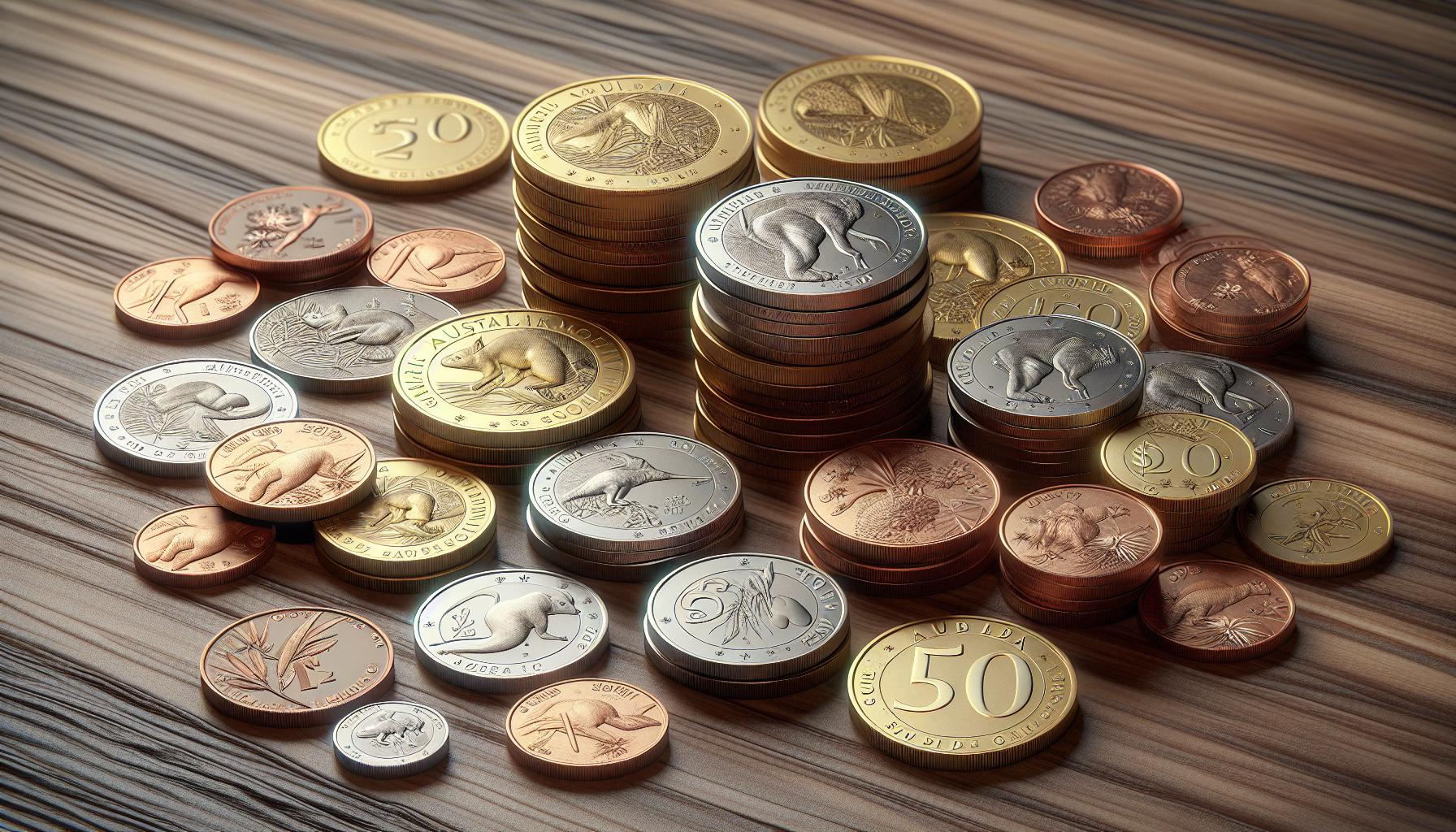GoodRx has become a household name for those seeking affordable prescription medications. With its user-friendly platform that helps consumers find the best prices at local pharmacies, many wonder how this popular service generates revenue. Understanding GoodRx’s business model reveals the intricate ways it balances consumer needs with profitability.
At its core, GoodRx operates on a unique combination of partnerships and advertising. By collaborating with pharmacies and pharmaceutical companies, it earns commissions for directing customers to specific services. Additionally, its advertising platform allows healthcare providers and related businesses to reach a targeted audience, further enhancing its revenue streams. As the demand for affordable healthcare continues to rise, GoodRx’s innovative approach positions it as a key player in the industry.
How Does GoodRx Make Their Money
GoodRx operates primarily by offering a free service that enables consumers to compare prescription drug prices across various pharmacies. Users can search for medications and access discounted prices, which fosters cost savings.
GoodRx generates revenue through several key channels:
- Pharmacy Partnerships: GoodRx partners with pharmacies such as CVS, Walgreens, and Walmart. These partnerships allow GoodRx to earn commissions for each prescription filled using its coupons.
- Pharmaceutical Manufacturer Coupons: GoodRx collaborates with pharmaceutical companies to provide coupons for specific medications. When consumers use these coupons, GoodRx receives a fee from the manufacturers.
- Premium Subscription Service: GoodRx offers a premium subscription plan called GoodRx Gold. Subscribers benefit from even lower prices on prescriptions at participating pharmacies. The subscription fees contribute to GoodRx’s revenue.
- Advertising: GoodRx operates an advertising platform that connects healthcare providers and related businesses with potential customers. Advertisers pay for exposure on the GoodRx platform, generating additional income.
- Data Insights: GoodRx gathers comprehensive data on consumer behavior regarding prescription medication. They offer anonymized insights to industry stakeholders, providing valuable information while creating another revenue stream.
This multifaceted business model allows GoodRx to maintain its commitment to affordability while ensuring continued profitability within the healthcare market.
Revenue Streams
GoodRx generates income through diverse revenue streams that support its mission to provide affordable medication. Key sources include prescription coupons, advertising revenue, and premium memberships.
Prescription Coupons
GoodRx collaborates with major pharmacies, such as CVS, Walgreens, and Walmart, to offer coupons for prescription drugs. When consumers use these coupons, pharmacies pay GoodRx a commission for each prescription filled. In 2022, GoodRx sourced over 70,000 pharmacies, enhancing its ability to provide competitive pricing. This model allows pharmacies to attract more customers while GoodRx facilitates savings for users.
Advertising Revenue
GoodRx provides an advertising platform tailored for healthcare providers and related businesses. By allowing advertisers to reach targeted audiences, GoodRx earns revenue through sponsored promotions on its website and mobile app. In 2022, advertising accounted for approximately 16% of GoodRx’s total revenue. This revenue stream leverages GoodRx’s extensive user base, connecting consumers with pertinent healthcare services and products.

Competitive Advantage
GoodRx leverages its competitive advantage through strategic market positioning and strong partnerships with pharmacies. This approach enables the company to maximize its reach and effectiveness in the healthcare sector.
Market Positioning
GoodRx positions itself as a consumer-centric platform, focusing on affordability and ease of access. The company’s commitment to transparency attracts millions of users seeking price comparisons for prescription medications. Unique marketing strategies highlight the savings potential, emphasizing its role as a trusted resource for healthcare consumers. By maintaining a user-friendly interface and consistently delivering relevant content, GoodRx enhances its brand loyalty while addressing the increasing demand for affordable healthcare solutions.
Partnerships with Pharmacies
GoodRx establishes partnerships with major pharmacies like CVS, Walgreens, and Walmart, enhancing its service offerings. These collaborations provide exclusive discounts, allowing consumers to save when filling prescriptions. The partnerships also yield commissions for GoodRx whenever users redeem coupons at participating pharmacies. By diversifying its pharmacy partnerships, GoodRx strengthens its market presence, securing competitive pricing options and expansive coverage that benefits consumers. This model reinforces GoodRx’s mission while driving significant revenue growth.
User Impact
GoodRx significantly impacts users by providing cost-effective solutions and enhancing access to essential medication information. It empowers consumers to navigate the complexities of prescription drug pricing with ease.
Cost Savings for Consumers
GoodRx enables substantial cost savings for users by facilitating price comparisons across various pharmacies. Users can save up to 80% on their prescription medications through GoodRx coupons. The transparency in pricing allows consumers to make informed choices, resulting in a more affordable healthcare experience. In 2022, users saved over $30 billion collectively by utilizing GoodRx’s services, demonstrating the platform’s efficacy in lowering medication costs.
Accessibility of Information
GoodRx enhances accessibility to crucial information regarding prescription drug prices and discounts. Its user-friendly platform grants instant access to medication prices at nearby pharmacies. Users can also find details on specific drugs, including potential side effects and alternative options. By offering this information, GoodRx fosters informed decision-making, allowing consumers to prioritize their health without financial constraints. The platform has amassed millions of users, reflecting its essential role in delivering accessible healthcare insights.
Healthcare Market
GoodRx has carved out a unique niche in the healthcare market by prioritizing affordability and accessibility. Its diverse revenue streams—from pharmacy partnerships to advertising and premium memberships—allow it to maintain a balance between consumer needs and business growth. The company’s innovative approach not only empowers consumers to save significantly on prescription medications but also strengthens its position as a leader in affordable healthcare solutions. As GoodRx continues to evolve, its commitment to making healthcare more accessible remains at the forefront of its mission, benefiting millions of users seeking cost-effective options for their medication needs.



















